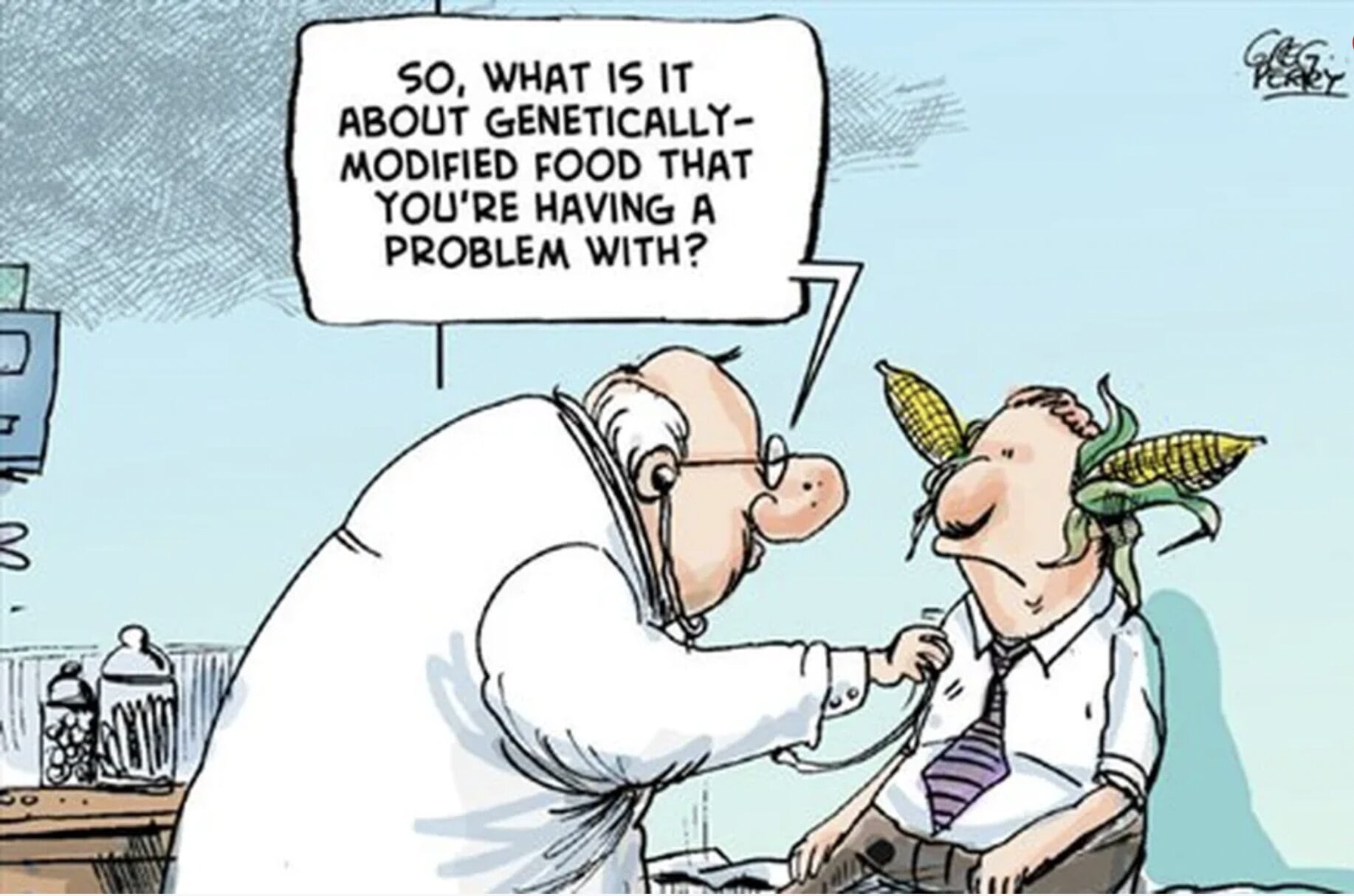Thema 5: Balancing Benefits and Dangers
Prüfling A
You are to participate in a European Youth Parliament panel discussion focusing on benefits and dangers posed by scientific and technological progress. Comment on the cartoon.
https://cartoonistgroup.com/cartoon/Lee+Judge%27s+Editorial
+Cartoons/2011-10-02/66419
[accessed: 27 August 2021]
+Cartoons/2011-10-02/66419
[accessed: 27 August 2021]
Prüfling B
You are to participate in a European Youth Parliament panel discussion focusing on benefits and dangers posed by scientific and technological progress. Comment on the cartoon.
https://www.therecord.com/opinion/editorial-cartoon/2013/04/15/april-15-cartoon.html
[accessed: 27 August 2021]
[accessed: 27 August 2021]
Weiter lernen mit SchulLV-PLUS!
monatlich kündbarSchulLV-PLUS-Vorteile im ÜberblickDu hast bereits einen Account?
Note:
Please note that these solutions are only suggestions. There are various possibilities for argumentation.
Prüfungsteilnehmer A
Please note that these solutions are only suggestions. There are various possibilities for argumentation.
- Let's start with...
- On the one hand / on the other hand
- It must be considered
- In my opinion / I think, personally, ...
- I agree / I disagree
Possible introductions to the topic and the argumentation
- In the cartoon you can see a father telling his son the good news that an asteroid is not going to destroy the earth.
- However, in the background of the cartoon you can see huge chimneys that are polluting the environment.
- On the left, you can see a huge pipe spilling over and on the right, it looks like there is a nuclear power plant.
- The fact that these things are destroying the earth is intensified by the caption "now for the bad news".
- The cartoon shows a doctor examining a patient who looks like a human–animal hybrid, suggesting an unnatural transformation.
- The patient has horns and goat-like features, implying that genetically modified food has physically altered him.
- The doctor’s question — “So, what is it about genetically-modified food that you’re having a problem with?” — is ironic because the patient’s appearance clearly shows the problem.
- The cartoon uses exaggeration to criticise GM food, implying that it could lead to extreme, unwanted physical changes.
- This reflects public fears and mistrust regarding genetically modified food, even if these fears may be scientifically unfounded.
- The humour lies in the doctor’s obliviousness — he ignores the obvious evidence in front of him.
- The cartoon suggests society should take concerns about GM food seriously and be cautious about potential consequences.
- Overall, the cartoon comments on the controversy surrounding GM food and highlights fears about its impact on natural biology.
- Humans must ensure that scientific progress prioritises health, safety, and environmental protection.
- New technologies — e.g., GM foods or fossil-fuel exploitation — should be researched carefully before widespread use.
- There is a moral duty to prevent harm, especially when long-term effects are uncertain or irreversible.
- Responsible innovation requires transparency so society understands risks and benefits.
- Humans must balance innovation with ethical concerns, considering how decisions affect future generations.
- Scientists and corporations must be held accountable for environmental impacts, as shown by emissions damaging the planet in the second cartoon.
- Citizens must remain critical and informed rather than blindly accepting new technologies.
- International cooperation is needed to regulate and monitor technologies that affect the global environment.
- Ultimately, progress should serve the public good rather than only economic interests.
- Introduction: Briefly acknowledge major developments (GM food, fossil fuels, AI, biotechnology).
- Benefit 1: Increased food production — GM crops can reduce hunger and improve nutrition.
- Benefit 2: Technological innovation raises living standards — medicine, transportation, communication.
- Benefit 3: Green technology offers solutions to climate change and resource scarcity.
- Danger 1: Possible health and ethical risks — e.g., GM food concerns, genetic modification.
- Danger 2: Environmental damage — fossil fuels causing emissions, habitat loss, global warming.
- Danger 3: Social inequality — access to new technologies may widen the gap between rich and poor.
- Key Argument: Progress must be accompanied by strong regulations, ethical guidelines, and sustainable planning.
- Propose Measures: Investment in research, global standards, environmental protections, education.
- Conclusion: Promote balanced development — embrace innovation while safeguarding health, environment, and society.